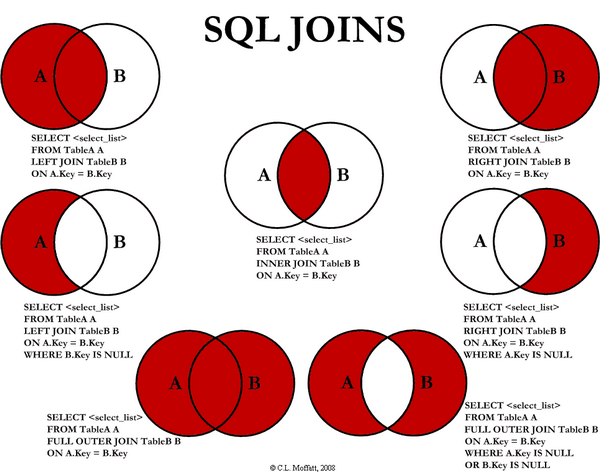Past, present and future of web development based on my own experience.
The web development work is something that I really love it and enjoy working on it, and as a full-stack web developer who is working on this from the last 8 years I want to share my experiences and thoughts about it.
I am mainly a PHP developer but I think these thoughts can apply to others backend languages like ASP or JAVA. When I started developing web apps with PHP it really was at your own way, writing spaghetti code and having PHP and HTML mixed, and honestly I think PHP was a little immature but for that time it just worked.
Fortunately, PHP has grown a lot as well as its community and in nowadays we have really great frameworks like Symfony, Zend, Laravel or much more, so if you are developing web applications my advise is please use a framework.
Javascript is conquering the world. Javascript exists from the almost the beginning of the Internet and it was and it is used for client-side functionalities, but in the last years is evolving so much until reached server-side development with nodejs. This made me think, why we need to have one server-side language and another client-side language? when we can have a developed application fully by the same language (in this case Javascript). Also, Javascript has evolved a lot in the client-side with great frameworks like BackboneJS, AngularJS or EmberJS, so if you are interesting on them, please take a look on them.
Web development and mobile development are siblings, when you are developing web apps you should think on make them mobile compatible. Nowadays, more than 25% of website visits are originated from mobile devices and it is expected to be the 50% in 2017. So, for that you need to think making your apps mobile friendly.
A great trend is which allow us to use a web app that acts like a desktop application updating only the needed views instead of reloading entire pages every time the user navigates between sections. Great frameworks to build websites like this are the already mentioned BackboneJS, AngularJs or EmberJS. Also, I would like to mention a promising full-stack Javascript framework like MEAN.
In conclusion I think the web development future is full-stack javascript and SPA applications, using nodejs in server-side development and one of the great JS frameworks mentioned above in the client-side development, or at least building these applications consuming APIs or web services built them with a mature PHP framework (Symfony in my preference :-)).
Please, keep learning, reading, hearing about web development, it is something amazing.


